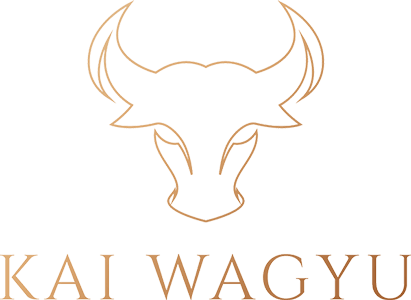From Farm to Table: A Journey into the Wagyu Beef Industry

Wagyu beef has gained immense popularity in recent years due to its unique marbling, tenderness, and flavor. Wagyu beef comes from Japanese cattle breeds that has been regarded as a luxury product around the world. In this blog, we will take you through the journey of how Wagyu beef is produced from farm industry to table.
Breeding and Raising the Cattle
Wagyu cattle are raised in Japan under strict regulations and conditions to maintain their unique genetic traits. These cattle are bred for their superior meat quality, which is achieved through careful selection of breeding stock, natural feeding practices, and controlled environments. Wagyu cattle are raised on small family farms in Japan, where they are given the utmost care and attention. They are fed a diet of grass, hay, and barley, and the farmers often massage the cattle to keep them relaxed and stress-free.
Processing
After the cattle reach their desired weight, they are taken to a processing plant, where they undergo a rigorous inspection process to ensure their meat quality. The inspection process includes visual and tactile assessments of the beef, as well as testing for marbling, color, texture, and fat content. Only the highest-quality beef receives the prestigious Wagyu label.
Once the beef has been graded, it is processed into different cuts, including sirloin, ribeye, and tenderloin. Wagyu beef is processed differently from other beef products to maintain its unique characteristics. For example, the beef is often aged for longer periods to enhance its tenderness and flavor. Then after all of these checks the meat starts in journey for consumption.
Transportation and Distribution
After processing, the Wagyu beef is transported to various destinations around the world. Because Wagyu beef is a high-end product, it requires careful handling and transportation to maintain its quality. The beef is often packaged in vacuum-sealed bags to protect it from oxygen and light, which can cause spoilage. The beef is then transported by air or sea, depending on the destination, to ensure that it arrives fresh and in optimal condition.
Cooking and Serving
By using simple techniques for cooking Wagyu, it allows natural flavor and tenderness of the meat to shine through. For example, Wagyu beef is often seared on a hot grill or skillet to create a crispy crust while maintaining its juicy interior. It is often served with simple accompaniments such as salt, pepper, and herbs to enhance the natural flavor of the beef.
Conclusion
Wagyu beef is a luxury product that goes through a long journey and requires a great deal of care and attention to produce. The process of producing Wagyu beef begins with careful breeding and raising of the cattle, followed by a rigorous inspection and processing process to ensure the highest quality beef. The beef is then transported around the world and served in high-end restaurants using simple cooking techniques that highlight its unique flavor and tenderness. If you are lucky enough to try Wagyu beef, you will experience a taste like no other, with a melt-in-your-mouth texture and a flavor that will leave you wanting more.
